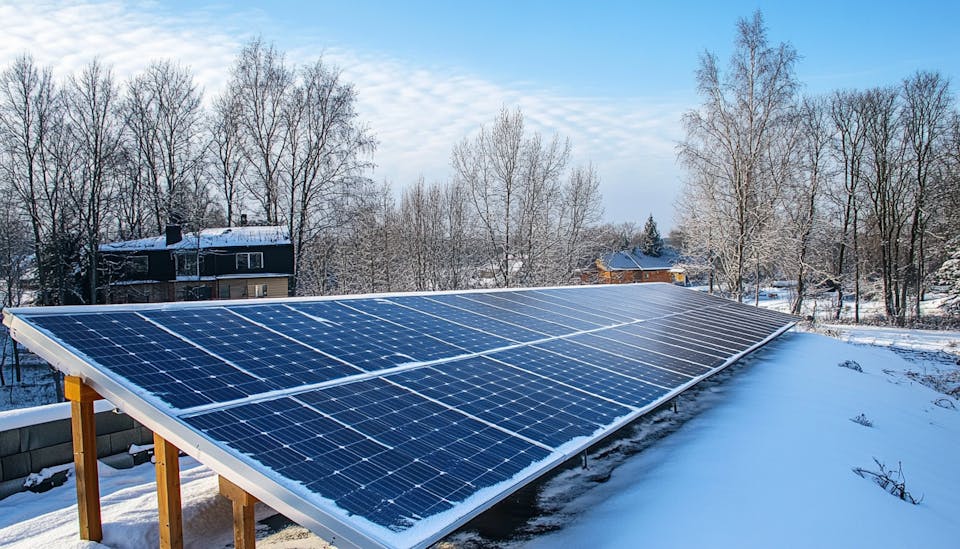If you are looking for best solar panels for cold climates, then you are in the right place. We have spent hours of researching and reviewing different models of solar panels.
What you need is a solar panel with “N-Type” Solar Cell and operating temperature below 0 degrees Celsius.
What is N-Type Solar Cell
N-Type solar panels use advanced cell technology that offers higher efficiency, longer lifespan, and better performance in all conditions.
Unlike traditional P-Type panels, they are resistant to light-induced degradation (LID) and power loss from micro-cracks, ensuring consistent energy output over time.
They also perform better in low-light and shaded conditions while being more durable and resistant to impurities.
This makes N-Type panels a superior choice for maximizing solar energy production and long-term reliability.
Best Solar Panels for Cold Climates
BougeRV 16BB N-Type 12V/24V (100W/200W) Bifacial Solar Panel
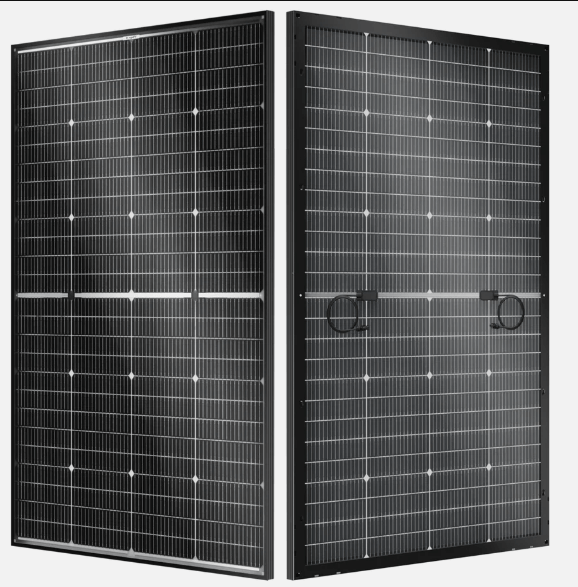
They’ve got this 16-busbar design that seriously cuts down on power loss from cell cracks.
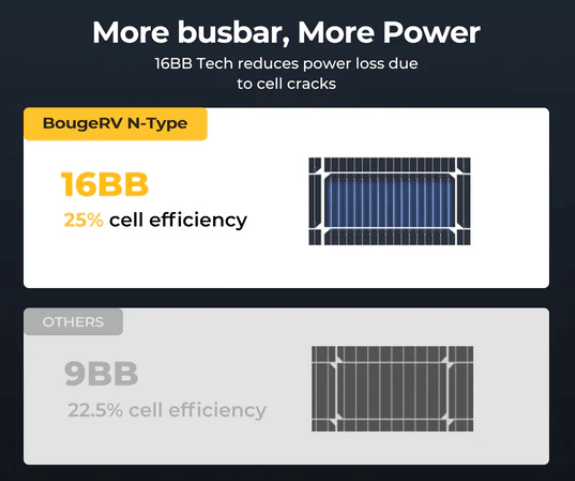
It’s like giving the panels a superhero cape for reliability and longevity—plus, they keep cranking out energy even when it’s freezing outside!
And check this out: they’re bifacial, which means they soak up sunlight from both the front and back.
It’s like they’re sunbathing on both sides to maximize energy production from all kinds of light—direct, refracted, you name it!
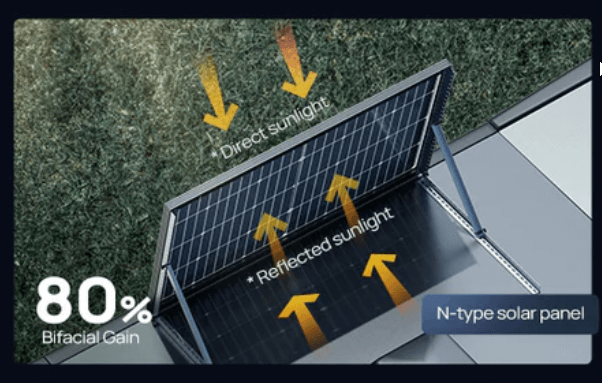
The transparent backside is a game changer too; these babies can generate up to 30% more power than your old-school panels. Talk about an upgrade!
Plus, the N-Type solar cells are really showing off with an 80% bifacial gain. They totally leave P-Type cells in the dust when it comes to efficiency and energy yield.
The solar panel has this cool parallel design.
If one side gets shaded—like when those pesky trees block the sun—the other side still keeps cranking out energy.
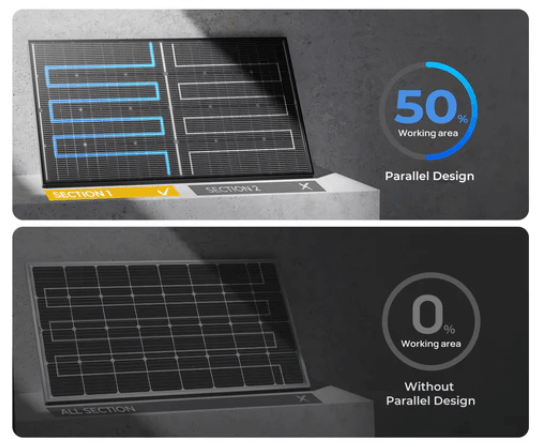
It’s like having a backup buddy for your power needs! No more worrying about losing juice on cloudy days. How awesome is that?
These solar panels are tough cookies!
These solar panels can operate in colder temperatures as low as -40°C and as high as 85°C, making them perfect for both hot and cold climates. So, whether you’re dealing with frosty winters or scorching summers, these panels have got you covered!
Oh, and the warranty? It’s solid—10 years for the product and a whopping 30 years for performance!
That’s like getting a lifetime supply of peace of mind. Honestly, investing in these feels like hitting the jackpot!
Eco-Worthy 200W N-Type High-Efficiency Solar Panel
This solar panel has a busbar-free design, which means it can soak up sunlight like a sponge—talk about efficiency!
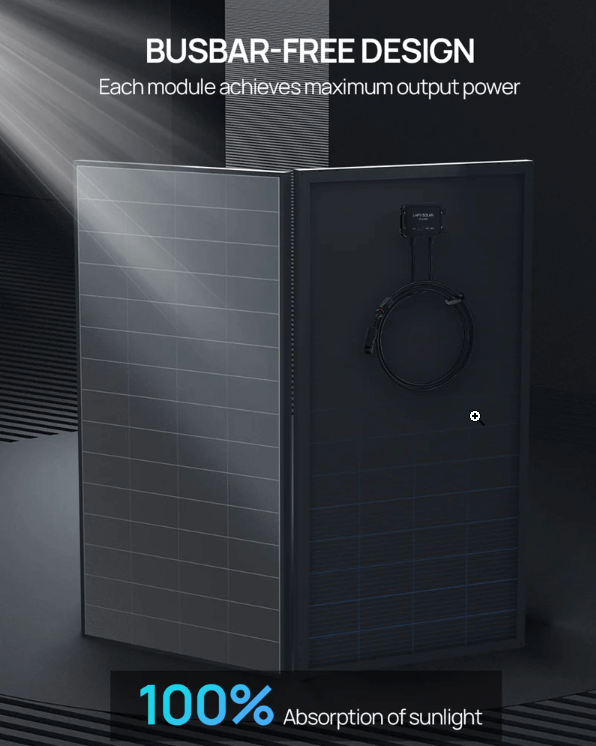
With no obstructions on the front, these HPBC solar cells are all about that 100% sunlight absorption for top-notch energy conversion.
And guess what?
Because of this clever design, they’re smaller in size but still pack a punch in power output. Perfect for when you need to maximize space without sacrificing performance!
Just like the BougeRV solar panel, this bad boy can handle extreme temperatures. It operates smoothly from a frosty -40°C to a sizzling 85°C.
So whether you’re chilling in the snow or sweating under the sun, you can trust this panel to keep doing its thing!
Now, I have to say, it’s a bummer that it doesn’t have that bifacial surface for capturing ground reflection. But hey, nobody’s perfect.
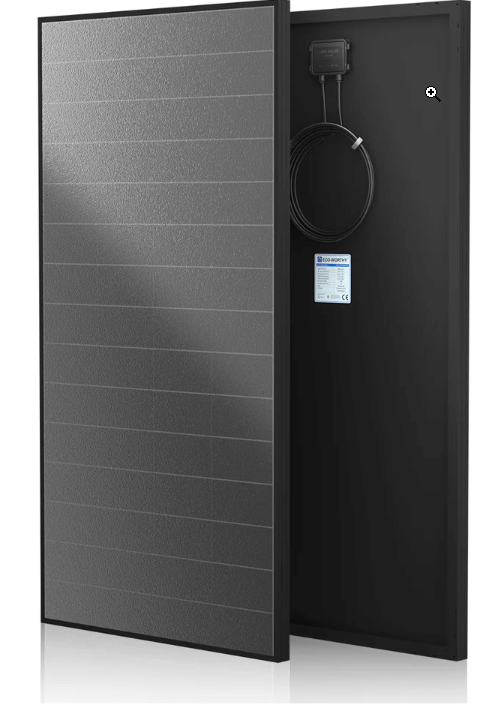
As for the warranty? It’s not super long at just one year, but it’s reasonable enough to give you some peace of mind. Overall, this panel is pretty awesome!
Case Studies and Real Word Application
There’s this project up in Scandinavia—yeah, the land of Vikings and endless winter—that showed these panels totally outshine the old-school P-types when it comes to cranking out energy during those frosty months.
And get this: over in North America, both homes and businesses in states that practically live in igloos have found that N-type panels keep chugging along like a champ all winter long. It’s like they’ve got their own little cozy blankets or something!
Who knew solar panels could be so tough?
Conclusion
If I had to pick between these two, the BougeRV 16BB N-Type Bifacial Solar Panel is the clear winner—no contest!
It’s basically a superhero when it comes to cold and snow. This panel laughs in the face of cold weather, cranking out power even on the chilliest winter days. And thanks to its bifacial design, it soaks up sunlight from both sides, squeezing out up to 30% more power—like getting a surprise bonus on your paycheck!
Plus, that stellar warranty? 10 years for the product and 30 years of guaranteed performance—now that’s peace of mind!
Meanwhile, Eco-Worthy’s one-year warranty is like showing up to a blizzard in flip-flops—not exactly built for the long haul.
And without that bifacial magic, it’s leaving serious energy on the table, like ordering a salad at an all-you-can-eat buffet.
So, if you want the best solar panel for cold weather, BougeRV is the pick.
It’s tough, efficient, and the ultimate winter-ready power upgrade for your off-grid setup!
FAQ
Q: What if there’s heavy snow on my solar system?
A: Heavy snow? No problem! Most solar panels are engineered to withstand a good amount of snow load. They’ll just sit there like, “Is that all you got?” Plus, the angle of your roof can help the snow slide right off. If you need to help them out, a gentle brush will do—just avoid the shovel of doom!
Q: How do I keep my solar panels clean in winter?
A: The art of winter cleaning! If snow is your main guest, you might want to let it melt naturally. If it’s feeling stubborn, grab a soft brush and gently remove the fluffy stuff. Remember, your solar panels are not the enemy; they just want to harness the power of the sun and provide clean energy even in a snowy climate!
Q: Do I need a special solar installer for cold climates?
Not necessarily! Most solar installers are like Swiss Army knives—they can handle any climate! Just make sure your chosen installer has experience with solar panels for cold climates. You want someone who knows how to keep those panels performing like rockstars during a winter tour!
Q: How to install the bifacial solar panel?
We suggest using a tilt mount bracket with these bifacial solar panels, as they can absorb sunlight efficiently regardless of the sun’s movement, eliminating the need for constant adjustment.
Love to read, explore and write about Science, Mathematics and Technology.
The name “Newton” coming from how I love Science.
